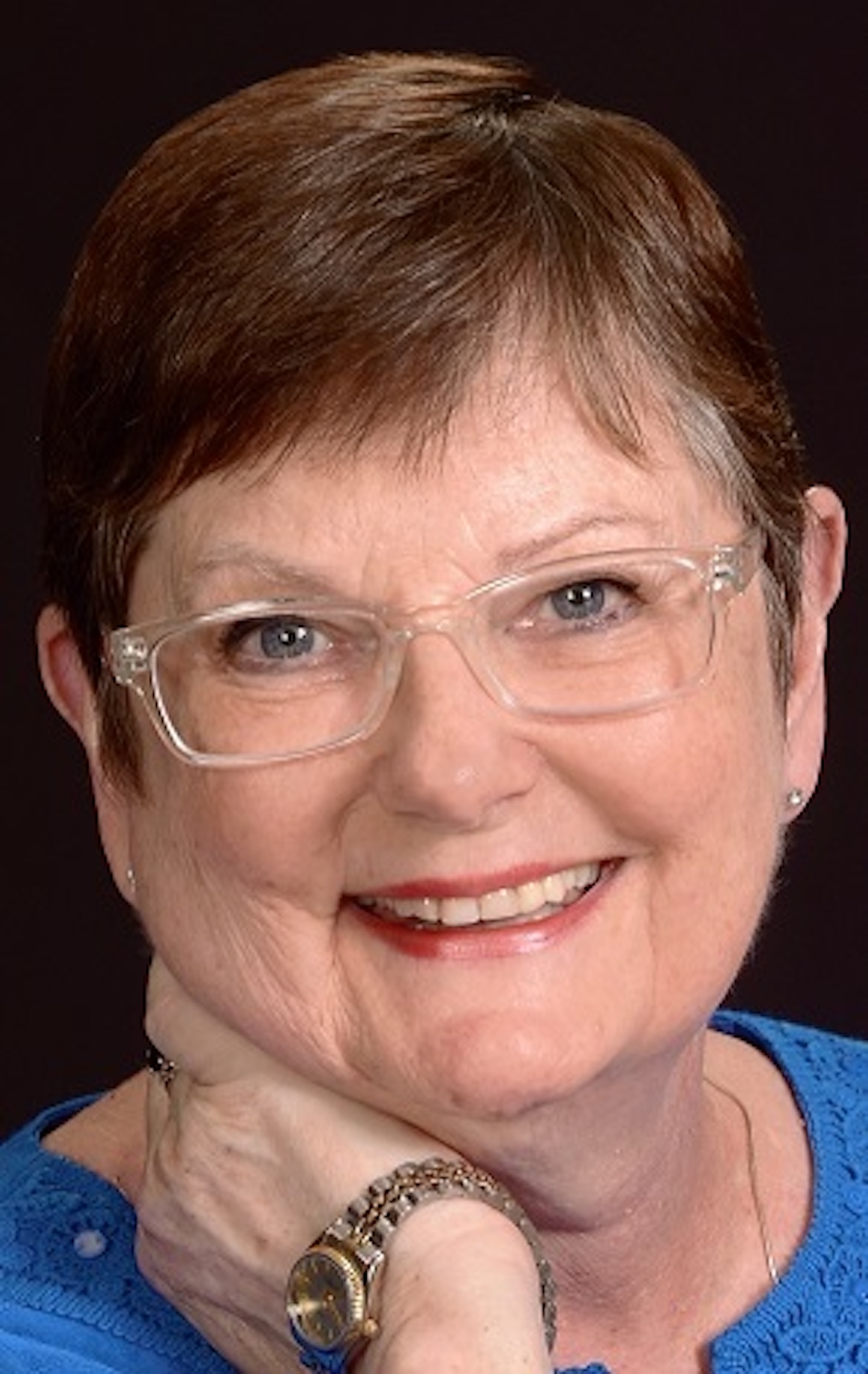Lady’s Island Professional and Business Association
By Jim Hicks
Under consideration at the present time is a recommendation by the Beaufort County planning director to join with the city of Beaufort and possibly the town of Port Royal (it has a traffic challenge at the intersection of Lady’s Island Drive and Ribaut Road) to review existing plans and recent traffic studies.
The objective is to ensure that everyone is on the same sheet of music.
The proposed review would also look very closely at the commercial portion (Sea Island Parkway) of Lady’s Island.
It has been recommended by the Coastal Conservation League and Sea Island Corridor Coalition that instead of this type of review of existing plans that a comprehensive study of Lady’s Island be conducted at an estimated cost of in excess of $400,000.
When asked about the need for such a comprehensive study, a local planner replied, “We do not need any more pretty pictures, but we do need a joint strategy for growth in the commercial portion of Lady’s Island that is concurred in and supported by both the county and city councils.”
We (LIBPA) agree and support a study with the development of such a strategy as its objective along with a review of the county and city zoning to ensure compatibility. Perhaps a short review of the planning efforts which have occurred over the last two decades for Lady’s Island can better demonstrate the rational for this position.
In 1994 the South Carolina Legislature passed a requirement that each county and municipality develop a comprehensive land use plan.
Beaufort County wasted no time in tackling the challenge and after two years of community meetings, in 1997, adopted the first county comprehensive land use plan in South Carolina.
Having adopted a plan, the next two years were dedicated to the development of a zoning and development standards ordinance (ZDSO), which was adopted in 1999. The ZDSO was the enforcement tool for the standards and direction established by comprehensive plan.
The ZDSO authorized the establishment of a Lady’s Island Community Preservation Committee to develop specific standards for the island and this group held community meetings for over a year with the result being the Lady’s Island Community Preservation zoning for the island, which was adopted in 2000.
Each of the municipalities also developed comprehensive land plans and implementing ordinances.
State law requires each of the comprehensive plans to be reviewed every five years and rewritten every 10 years. So the present Beaufort County Comprehensive Plan has been reviewed twice and totally rewritten once.
The new version of the Comprehensive Plan and enforcement ordinance changed the zoning from being “performance-based or goal-oriented” to what is commonly known as form-based. Each of the municipalities also changed from performance-based zoning to form-based zoning.
In 2004, the combination of explosive growth by Bluffton combined with increasing traffic on U.S. 278 led to a comprehensive effort to identify infrastructure needs for Southern Beaufort County. Called the Southern Regional Plan, this study identified over half a billion dollars of present and projected infrastructure needs in Southern Beaufort County.
In 2006-07 a similar study was completed for Northern Beaufort County predicting a $236 million cost for meeting the infrastructure needs for the next 20 years of growth.
The Northern Regional Plan contained an agreement to cease the annexation wars, establish growth boundaries for municipalities and work together in a cooperative manner to guide future growth.
In 2007, the state legislature passed the Priority Investment Act, which required counties and municipalities to include in their comprehensive plans an element which identified the projected infrastructure requirements for the next 10 years and match their estimated cost to known sources of revenue.
This law required that counties and municipalities talk to each other and develop a comprehensive list of infrastructure needs and funding sources. This is commonly called the Capital Improvement Plan.
Other studies which have been conducted include the Origin and Destination Study (2007), which checked where vehicles leaving the island were going (three out of 10 go as far as the Air Station); the Northern Bypass Study, which indicated the cost of a bridge at the northern part of Lady’s Island cannot be justified and the recent Lady’s Island Traffic Study (2016).
Some other studies which did include Lady’s Island but were not specifically oriented to the island were the City of Beaufort Civic Master Plan (2014), the 2040 Lowcounty Area Transportation Study (2015) and the Joint Land Use Study for the Air Station’s F-35 aircraft (2017).
As can be seen, regardless of the number of studies which have been conducted or the number of plans compiled, there is always going to be an inclination to do another study or make another plan to find an answer to the challenges of growth.
Perhaps, at this point in the evolution of Lady’s Island we should, as the County Planning director is recommending, look at what we have in the way of existing zoning and plans, identify what has worked well and what has not, determine the steps needed to correct any problems and develop a joint city and county strategy for guiding future growth on the island.
We do not need to start all over again as if no planning has occurred in the last 20 years.
Jim Hicks is the past chairman of the Beaufort County Planning Commission (2000-2013).






